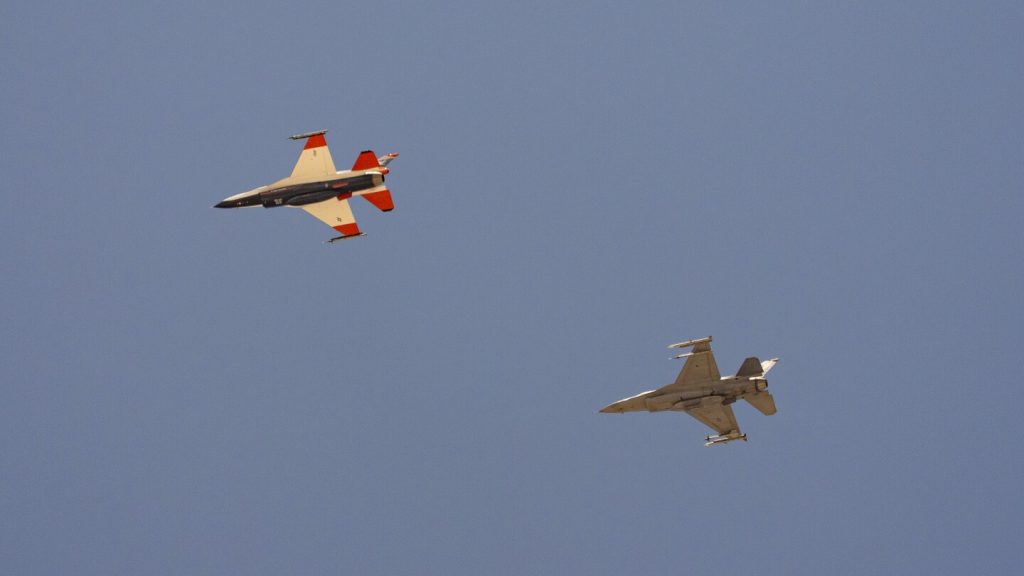The United States Air Force recently showcased the use of artificial intelligence (AI) in a dogfight scenario between two fighter jets in California. One of the jets was piloted by a human, while the other was controlled by AI, with the Air Force’s highest-ranking civilian present in the front seat. This demonstration highlighted the advancements in AI technology that the Air Force has made over the years and the potential for future developments in AI-driven weapon systems. The U.S. is competing with countries like China to stay ahead in AI technology, raising concerns about the possibility of wars conducted by machines without human intervention.
The history of AI development in the military traces back to the 1960s and 1970s with the Navy’s Aegis missile defense system, which used machine learning and autonomy to detect and intercept incoming missiles. In recent years, advancements in big data and computing power have enabled computers to analyze information and create rule sets autonomously, marking a significant step forward in AI technology. The Air Force is currently engaged in numerous AI projects, including developing AI alternatives to GPS navigation systems to ensure operational continuity in the event of GPS signal disruption during warfare.
The use of AI in military applications extends beyond aircraft to communication systems and data analysis. By harnessing AI technologies, the Air Force aims to enhance operational efficiency and response capabilities in various scenarios. For example, the AI-controlled F-16 jet, known as Vista, has demonstrated impressive performance in dogfighting exercises, surpassing human pilots in some instances. However, safety measures are crucial in AI development, with stringent controls in place to ensure the AI’s actions align with safety protocols. The ultimate goal is to integrate AI into a fleet of unmanned warplanes for enhanced command and control capabilities.
Military personnel involved in AI development are focused on optimizing communication between AI systems and human operators to ensure seamless coordination in combat situations. Cleaning up recorded pilot conversations to train AI on critical mission information and distinguishing between essential messages and routine chatter is a vital aspect of AI training. By understanding how pilots communicate and think, AI systems can be better equipped to support decision-making processes. The Air Force emphasizes the importance of maintaining safety rails and control mechanisms to prevent AI from executing risky maneuvers and prioritize data reinsertion into the simulator for learning and improvement.
As AI technology continues to advance, the military is exploring innovative ways to leverage AI for various applications in warfare. While concerns about potential risks and ethical implications of autonomous weapon systems persist, officials assure that human oversight will always be a key component in decision-making processes. The race for AI dominance between countries like the U.S. and China underscores the significance of staying at the forefront of AI development to ensure national security and military preparedness. As AI capabilities evolve, the military remains committed to responsibly integrating AI technologies into its defense systems while upholding ethical standards and safety protocols.


